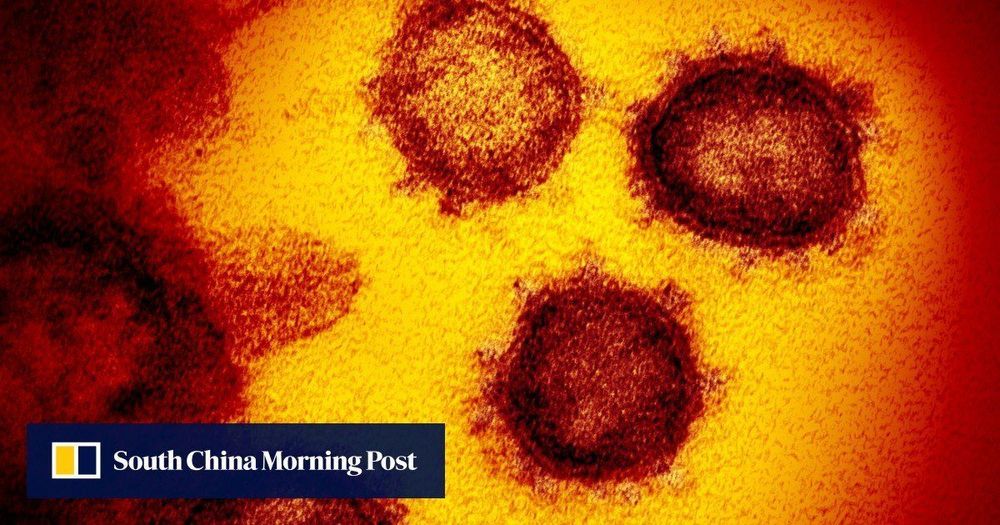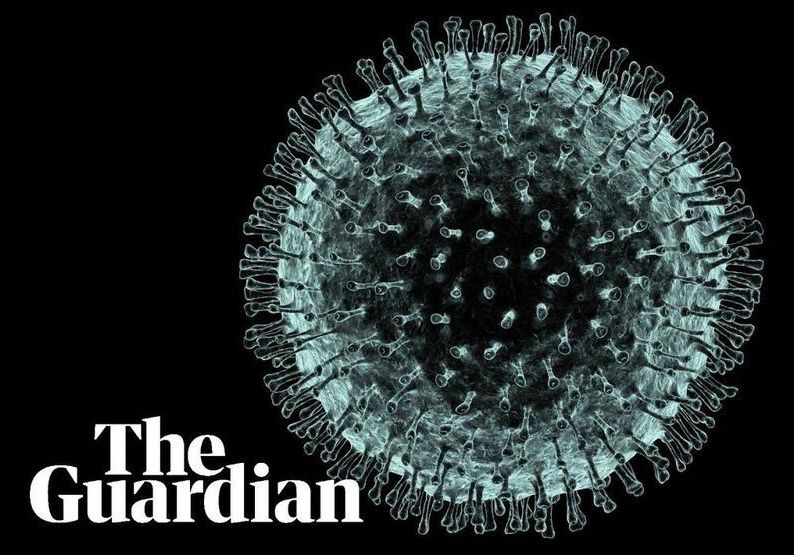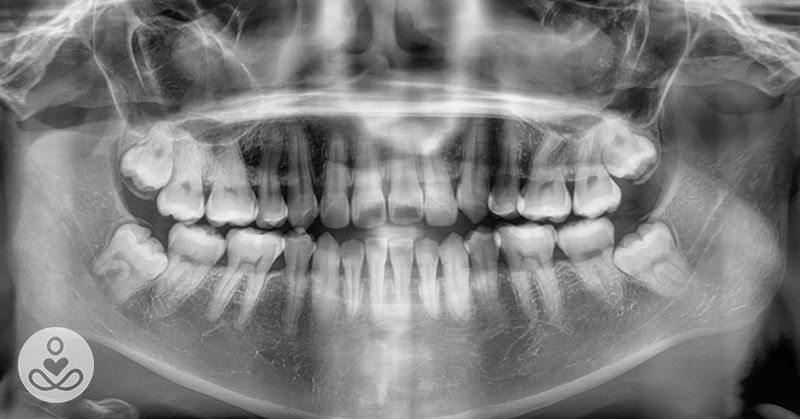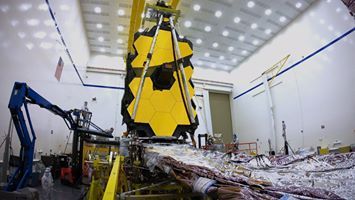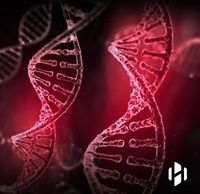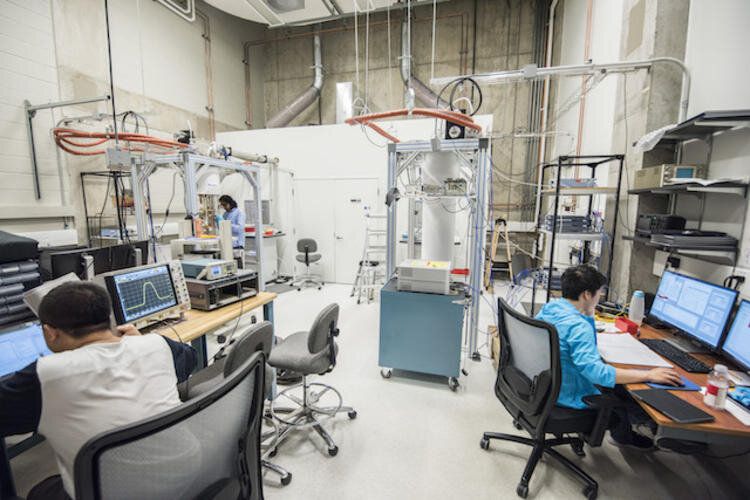Feb 27, 2020
A woman took 550 times the usual dose of LSD, with surprisingly positive consequences
Posted by Brent Ellman in categories: biotech/medical, neuroscience
Drug overdoses can be life threatening, but for two women who accidentally took massive hits of LSD the experience was life changing — and in a good way.
A 46-year-old woman snorted a staggering 550 times the normal recreational dose of LSD and not only survived, but found that the foot pain she had suffered from since her 20s was dramatically reduced.
Separately, a 15-year-old girl with bipolar disorder overdosed on 10 times the normal dose of the drug, which she said resulted in a massive improvement in her mental health.

